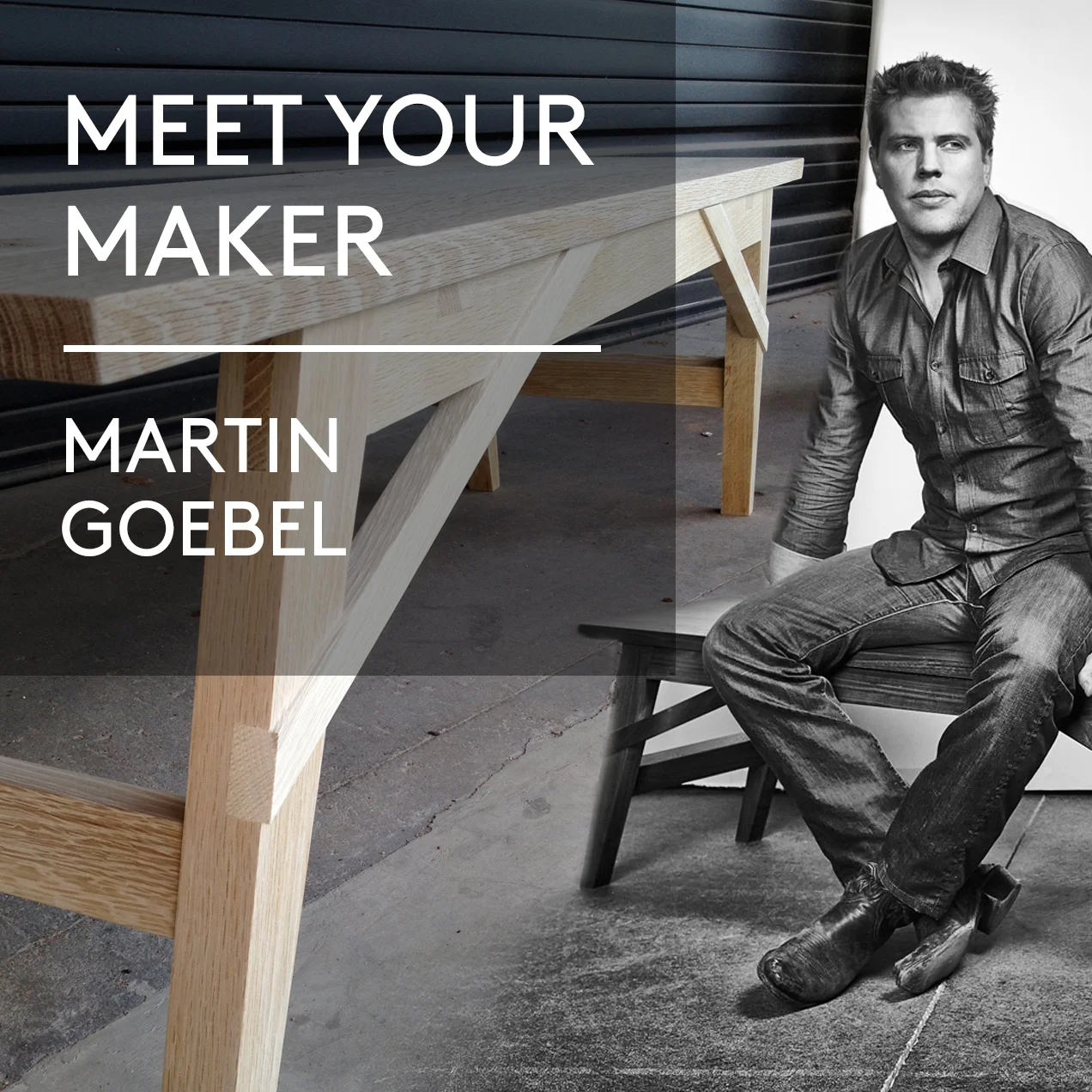The Makers Coalition Brings Back the Lost Art of Fine Sewing
/Joy Teiken doesn’t have any trouble selling her handcrafted women’s couture. It’s the making of the pieces that can cause headaches.
Teiken, who owns Joynoëlle in Minneapolis, desperately needs skilled craftspeople to sew her dresses, freeing her to devote more attention to design.
The Skinny:
- Fun Fact: The Makers Coalition includes the Faribault Woolen Mill Co. Founded in 1865, it's the oldest manufacturing company in Minnesota.
- The Makers Coalition
- 612.281.7030
She’s not alone. The Twin Cities are home to a growing number of small, thriving manufacturers of fine clothing, leather goods and accessories. But the area – indeed, the entire nation -- lacks a workforce trained in the exacting art of bringing to life highly designed, exquisitely finished goods.
Students attend class two to three nights a week for 22 weeks. Photo courtesy of The Makers Coalition.
“It’s a lost art,” Teiken said. “It takes a lot of practice. You have lots of people who are going to school for design – but not to do the work.”
As U.S. companies outsourced sewing to cheaper overseas locations over the last 30 years, the supply of trained American workers dried up. The answer that Teiken and others settled on: grow their own. In conjunction with the Dunwoody College of Technology in Minneapolis, a group of about 20 Minnesota companies formed The Makers Coalition, dedicated to training a new generation of skilled cut-and-sew workers.
The coalition’s leaders include Jen Guarino, the general manager of leather at Shinola, and Monica Nassif, CEO of Sophia Graydon, a maker of luxury loungewear and sleepwear.
“People like to have a story with a special piece, and hardly anything we buy has stories anymore,” Teiken said. “Something touched by human hands has soul.”
Workers are trained with an eye for the final product, taught to envision the whole creation. They’re not merely putting in one stitch and passing it down to the next worker on the line. Their efforts are giving life to sophisticated American design.
“Made in the U.S.A. is a growing trend,” Teiken said. “I have clients who could go elsewhere and pay big money for a dress. But they want their money to stay in the community, and they want to support independent, local designers. People are seeing intrinsic value in that."




























